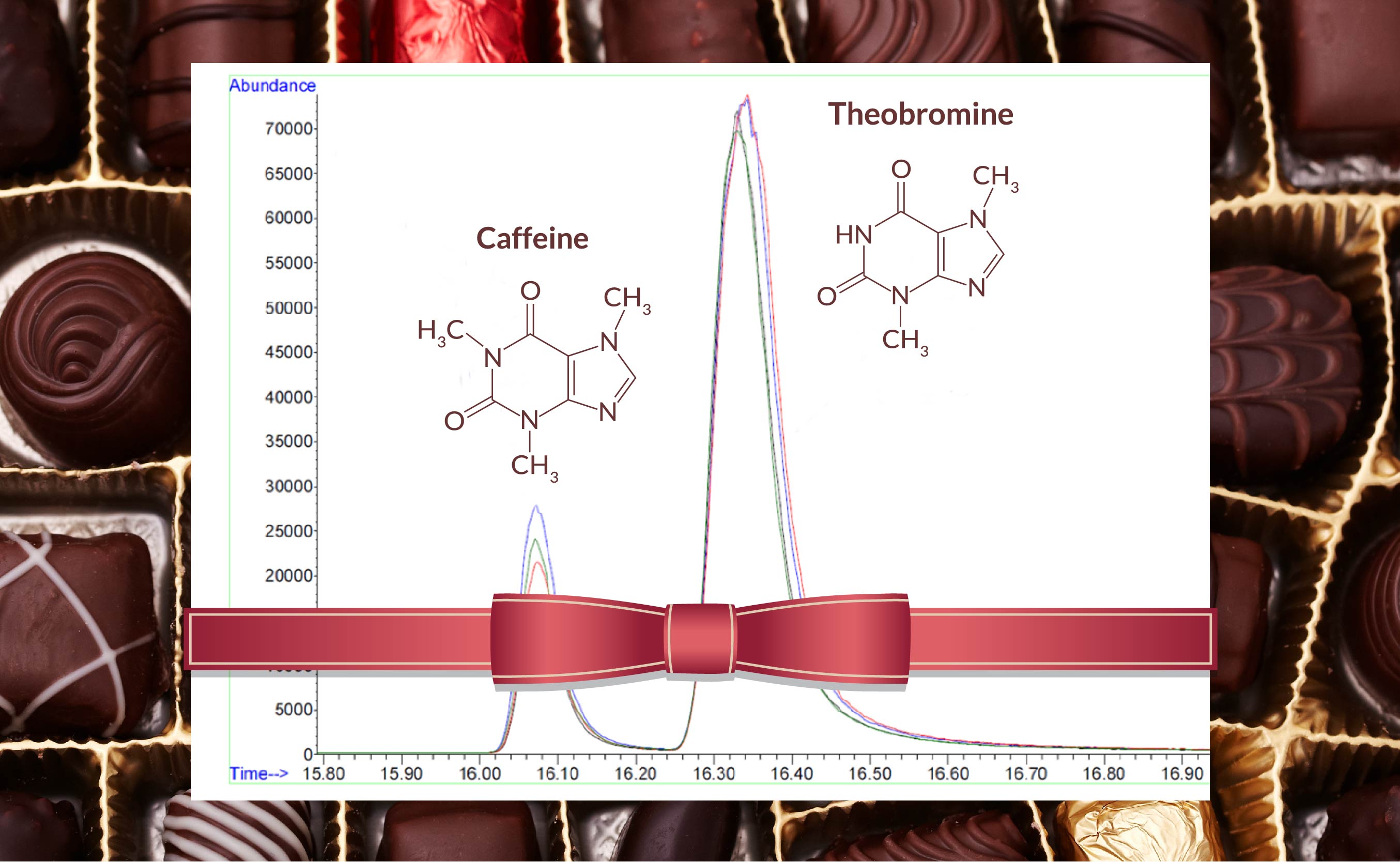
CPG employees are making masks for friends, family, neighbors, hospital workers, and the Boston Mask Initiative. Because most stores are closed due to COVID-19, CPG mask makers put their material selection skills to good use while scavenging household supplies. We pooled our mask-making and mask-wearing experiences into the following suggestions:
#1 - Fit Is Most Important
Better fitting masks are both more effective at preventing coronavirus transmission and less likely to fog glasses, so look for a pattern/design with less opening in the top and sides. Gaps can decrease a mask's effectiveness by over 60%. Your mask should start at the bridge of your nose and end underneath your chin. If your mask does not fit properly, do not keep wearing it.
#2 - Use Two Layers, at a Minimum
The CDC recommends that masks should be made of at least two layers. One of our scientists suggests pellon as an inner layer, but acknowledges that it is hard to find in stock. She says any material made of non-woven polypropylene will work as an inner filter (such as bags from running shoe stores).

Filtration efficiency of a cloth mask comprised of high thread count cotton (left/green) and one layer of flannel or two layers of silk or two layers of chiffon (right/blue). Credit: ACS Nano
A recent University of Chicago study found that a hybrid of mask materials provided significant protection from aerosol particles. For the outside of the mask, the study recommends using one layer of tightly woven cotton as a mechanical filter. For the inside of the mask, either flannel (one layer), or silk (two layers), or chiffon (two layers) functions as an electrostatic filter, though not quite as effectively as an N95. For an explanation of how electrostatic filters work, see our N95 app note.
Where to find tightly woven cotton around your house? Look for 400-600 count cotton pillow cases or sheets, quilting cotton, or cotton dish towels.
Unless you know a fashionista willing to let you cut up expensive clothing, it's unlikely you have access to spare silk and chiffon for the inner section of your mask. Flannel is more commonly available; bed sheets or pajamas are two sources you may already have. The downside of flannel is that it tends to be warm - it might be worth ordering some chiffon for summer masks.
#3 - Secure with Elastic or Fabric Ties
Elastic has been sold out from very early in the pandemic. Our mask-making scientists got creative, using hair band elastics, elastic beading cord, bungee cords (the type used for swim goggles), and pieces of straps from old swim suits.
Other mask makers used fabric ties instead of elastic loops. Some of our staff found that masks with ties are more comfortable on the ears and easier to adjust than masks with elastic loops.

Those who prefer elastic but dislike sore ears sewed buttons onto surgical caps or headbands, or used 3D printed straps. The elastic is wrapped around the button or the 3D printed guard instead of the ear.
#4 - Metal Nose Clip
A metal nose clip shapes the mask to your facial contours and reduces lens fogging. Possible sources of metal include: hair barrettes, disposable foil baking pans, pipe cleaners, paper clips, and plastic coated metal twist ties (such as the kinds used for bread or for vine training). If your mask contains metal, DO NOT MICROWAVE to disinfect. Instead, hand or machine-wash your mask or leave it in direct sunlight.
#5 - Padding
Some CPG staff decided to pad the nose section of the mask with foam, both for improved seal and comfort over the course of a lab shift. Where to find foam around your house? One possible source is shipping wrap from all of those packages you've been ordering. If you have any broken headphones lying around (don't worry, we won't tell Marie Kondo), they may contain memory foam. Insoles from old sneakers are another potential source of memory foam, but may be too smelly to use.
#6 - Extra Stocking Layer
To further enhance your mask's seal and boost its effectiveness, a recent Northeastern University study recommends wearing a nylon stocking layer over a cloth mask. The study suggests cutting 8-10 inches off the leg of a Q size stocking.
Disclaimer: the Northeastern study was released prior to peer review. However, it was inspired by previous research which found a layer of hosiery over a homemade mask was effective at filtering fallout particles from the 1979 Three Mile Island nuclear disaster.
Some CPG staff decided the stocking layer was too tight and difficult to breathe through (though perhaps we just have larger-than-average heads). In one case, the intense seal around the mouth led to the wetting of both layers of mask cotton with breath moisture. It is essential that your mask remain dry, since natural fibers can swell when wet, impacting mask performance. In our extremely casual observation, wearing the nylon layer did not seem to prevent glasses fogging, despite the improved seal.
#7 - Surgical Tape
Use surgical or sports tape to seal the top of your mask to your face to reduce fogging. DO NOT USE packing or duct tape which can cause skin abrasions. Surgical and sports tape adhesive is designed to allow transmission of air and moisture through the adhesive system, which minimizes skin irritation.
#8 - Glasses Positioning
Positioning your glasses/lab goggles on top of the mask can also decrease fogging. Adding either 1) a metal nose clip or 2) padding to the bridge of the nose or 3) bias tape to the top of the mask can help to create a perch for your glasses or goggles to rest on. Most CPG employees found wearing glasses or goggles on top of the mask (with or without a perch) to be the most effective method of reducing or eliminating lens fog.
After taking your mask off, clean your glasses before putting them back on your face since they were just touching the contaminated part of your mask.








